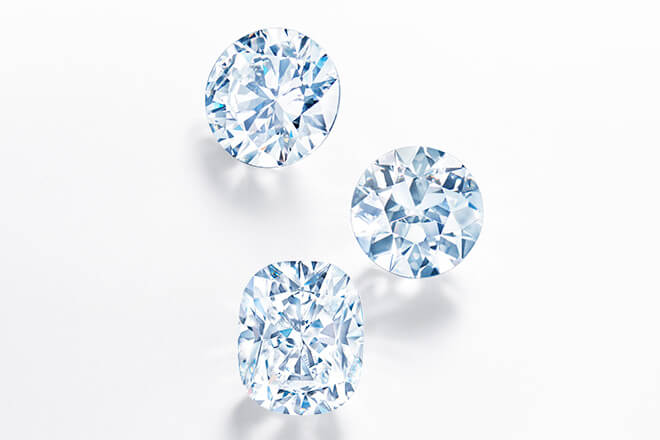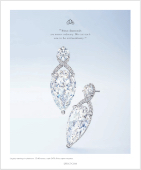OUR MATERIALS
CONFLICT-FREE DIAMONDS
At Kwiat, we are committed to using only the best quality, most responsibly sourced natural diamonds. All our diamonds come from countries and vendors that are in compliance with the Kimberley Process Certification Scheme, the 2003 United Nations resolution that instituted an international system of verification and certification to exclude from the global supply chain any diamonds that might have been used to fund rebel movements and their allies seeking to undermine legitimate governments.
Our diamonds originate from Canada, Botswana, Namibia, Australia, and South Africa. As traceability becomes more important to our customers, we are working toward providing the origin of each diamond. In March 2022, we modified our supply chain to exclude all rough diamonds and GIA-certified diamonds of Russian origin, regardless of where they were cut and polished.
DIAMONDS DO GOOD
Rough diamonds are one of the main sources of revenue for many diamond-producing countries, creating livelihoods for millions of people. The revenue builds schools, farms, hospitals, and infrastructure. Diamond mining companies re-invest in countries’ food production, healthcare, education systems, and clean water facilities. In fact, one of the greatest benefits of responsible diamond mining is how it provides access to education and healthcare, paving the way for empowered girls and women. Read more here.

Kwiat Round™
ASHOKA®
Kwiat Cushion™
Kwiat Emerald Cut™
Kwiat Oval™
Kwiat Radiant™
Fred Leighton Round™









